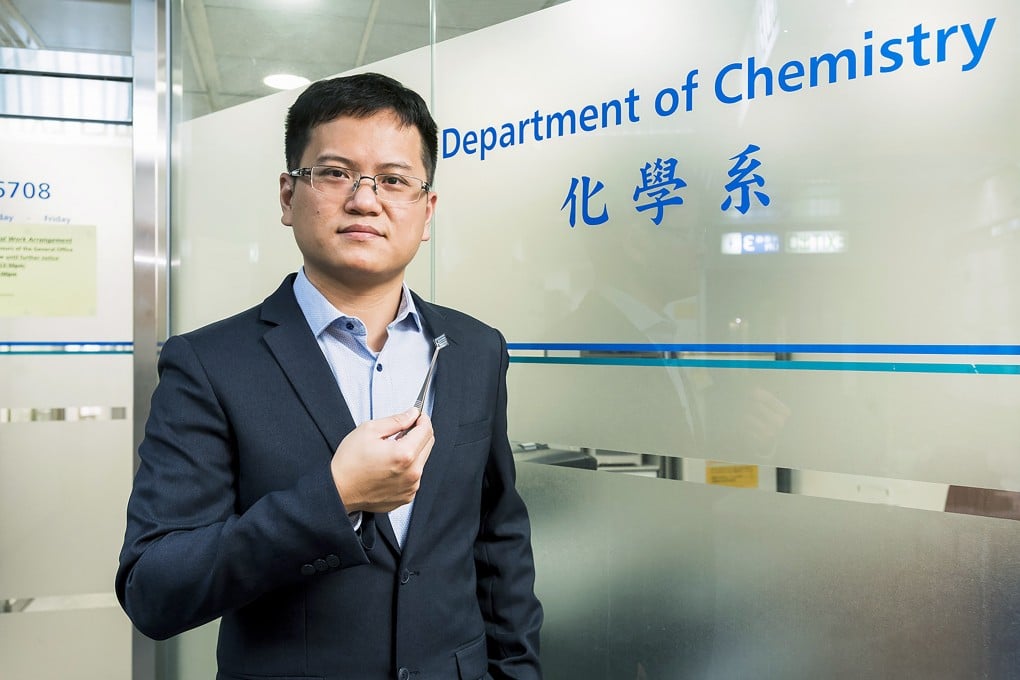Advertisement
Future looks bright as new Chinese-designed solar cell provides renewable energy breakthrough
- Chinese researchers have developed a new type of solar cell using perovskite, which is more efficient than the current silicon-based cells
- They have managed to overcome stability issues that previously stopped perovskite from being used in solar energy
Reading Time:3 minutes
Why you can trust SCMP
26

Zhang Tongin Beijing
In a landmark achievement that could reshape the renewable energy landscape, a team of Chinese researchers has developed a new type of solar cell with groundbreaking efficiency, unprecedented stability and an extended service life.
The technology could also reduce energy costs to a quarter of that of current silicon-based solar cells, according to the team.
The new solar cells use perovskite, a low-cost, easily available inorganic material. When exposed to sunlight, perovskite converts solar energy into electricity in a similar way to traditional solar panels, but with higher efficiency.
Advertisement
While perovskite solar cells (PSCs) have long shown promise for surpassing the efficiency limits of silicon-based cells, their thermal and chemical stability have been problematic. Typically, they degrade rapidly when exposed to oxygen and moisture or when operated at high temperatures.
The newly developed perovskite solar cell boasts a power conversion efficiency (PCE) of 25.6 per cent. Impressively, the cell retained over 90 per cent of its initial efficiency after 1,200 hours of operation at 65 degrees Celsius (149 degrees Fahrenheit).
Advertisement
The research, spearheaded by Professor Zhu Zonglong from City University of Hong Kong, in collaboration with Li Zhongan from Huazhong University of Science and Technology, was published on October 20 in the peer-reviewed journal Science.
Advertisement
Select Voice
Choose your listening speed
Get through articles 2x faster
1.25x
250 WPM
Slow
Average
Fast
1.25x